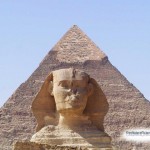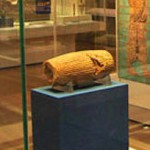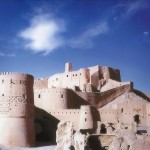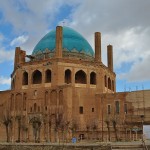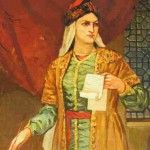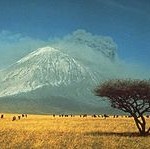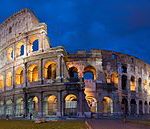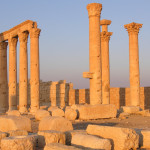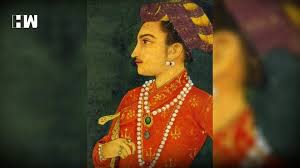 Mughal prince Dara Shikoh is described as a “liberal Muslim” who tried to find commonalities between Hindu and Islamic traditions. (Wikipedia)
Mughal prince Dara Shikoh is described as a “liberal Muslim” who tried to find commonalities between Hindu and Islamic traditions. (Wikipedia)
The Ministry of Culture recently set up a seven-member panel of the Archaeological
Survey of India (ASI) to locate the grave of the Mughal prince Dara Shikoh (1615-59).
He is believed to be buried somewhere in the Humayun’s Tomb complex in Delhi, one of around 140 graves of the Mughal clan.
Headed by T J Alone, Director-Monument at ASI, the panel has senior archaeologists R S Bisht, Sayeed Jamal Hassan, K N Dikshit, B R Mani, K K Muhammed, Satish Chandra, and B M Pandey as members. It has been given three months. “For the findings to be conclusive, the three-month time can be extended. The panel will use architectural evidence from that time, and also written history and any other information that can be used as evidence,” Culture Minister Prahlad Patel said.
Dara Shikoh’s legacy
The eldest son of Shah Jahan, Dara Shikoh was killed after losing the war of succession against his brother Aurangzeb. Dara Shikoh is described as a “liberal Muslim” who tried to find commonalities between Hindu and Islamic traditions. He translated into Persian the Bhagavad Gita as well as 52 Upanishads.
One of the archaeologists on the panel, Muhammed, described Dara Shikoh as “one of
the greatest free thinkers of that time”. “Dara Shikoh realised the greatness of the
Upanishads and translated them, which were earlier known only to a few upper caste
Hindus. Translations from that Persian translation have inspired a lot of free thinkers of
today, even inspiring the likes of former United States President Barack Obama .”
Dara Shikoh & Aurangzeb
Some historians argue that if Dara Shikoh had ascended the Mughal throne instead of
Aurangzeb, it could have saved thousands of lives lost in religious clashes. “Dara Shukoh was the total antithesis of Aurangzeb, in that he was deeply syncretic, warm-hearted and generous — but at the same time, he was also an indifferent administrator and ineffectual in the field of battle,” Avik Chanda writes in Dara Shukoh, The Man Who Would Be King.
Of late, there have been renewed attempts to compare Dara Shikoh’s legacy against that of Aurangzeb. At a recent conclave in Delhi, speakers included RSS functionaries called Dara Shikoh “a real Hindustani”. A research chair was set up in Dara Shikoh’s name at Aligarh Muslim University (AMU) last year.
Prof Sunil Kumar, professor of medieval history at the University of Delhi, said:
“Whenever you use the past for modern political purposes, you will always twist it
because the past doesn’t serve modernity very well. You end up manipulating it for your
present intentions. If he was the monarch and not Aurangzeb, would India have been any different? These assumptions are coming from a misplaced understanding of Mughal history… He is made to be a good Muslim but why the search for his grave?”
The remains of Dara Shikoh
According to the Shahjahannama, after Aurangzeb defeated Dara Shikoh, he brought the latter to Delhi in chains. His head was cut off and sent to Agra Fort, while his torso was buried in the Humayun’s Tomb complex. Muhammed said: “No one knows where exactly Dara Shikoh was buried. All we know is that it’s a small grave in the Humayun’s Tomb complex. Most people point to a specific small grave there. Italian traveller Niccolao Manucci gave a graphic description of the day in Travels of Manucci, as he was there as a witness to the whole thing. That is the basis of the thesis.”
The way forward
The ASI’s biggest problem is that most graves in the complex have no names.
Panel member Hassan, a former ASI Director, said, “The Shahjahannama compiled by
Muhammad Saleh Kamboh… has dedicated at least two pages to the last days of Dara
Shikoh, on how he was brutally murdered and buried somewhere in the complex.”
But most on the panel are uncertain about how conclusive evidence can be found. “I
don’t know how it will be concluded. Let people go for further research and find out from
literary resources. All people on the panel will apply their areas of expertise,” Mani said.
Muhammed said the committee hasn’t met yet, so no methodology has been decided.
“You can’t say with certainty, but probability is there,” he said. “Let us hope, even as we
can’t open any tomb, that it works out. It’s a step in the right direction. It should have
been done earlier.”
https://indianexpress.com/article/explained/explained-government-locate-dara-shikoh-
tomb-asi-6271332/



